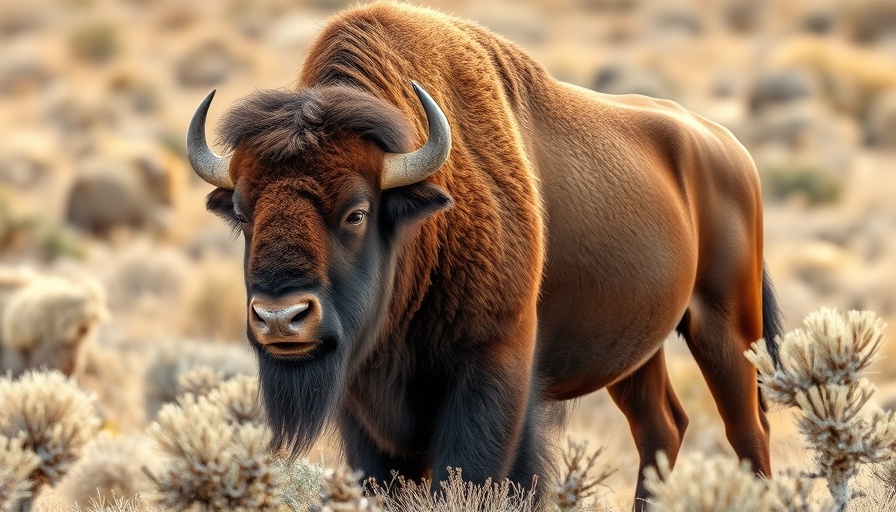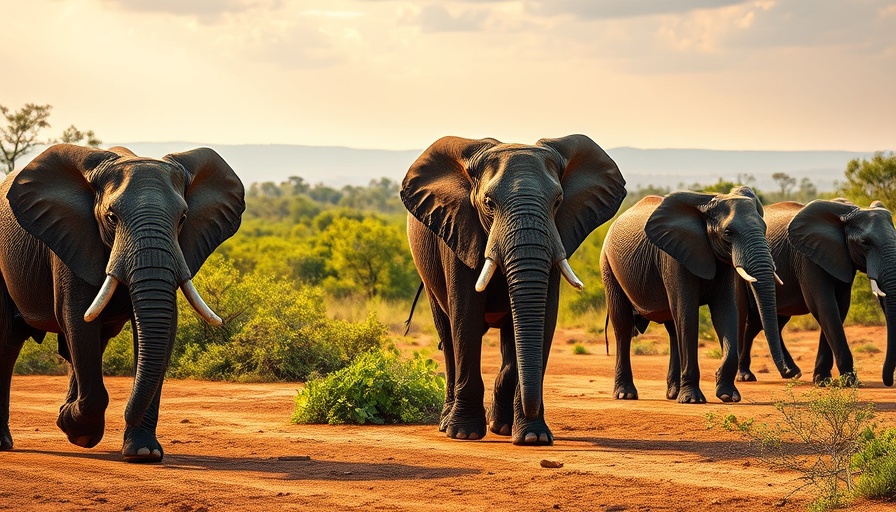
Unpacking the Myths: Yellowstone's Wildlife Isn't Fleeing
In a world where misinformation spreads like wildfire, it’s crucial to dissect the latest viral trends and their implications for public awareness. Recently, a flurry of social media posts clamoring about Yellowstone’s wildlife, including dramatic exoduses of bears and bison, whipped viewers into a concern frenzy. However, the National Park Service (NPS) firmly debunked these rumors, reiterating that no mass migration is taking place within the park.
The Power of Misinformation
The videos claiming to depict this exodus were characterized by humor and satire, often featuring exaggerated claims and fictitious wildlife experts. Yet, despite their comedic undertones, they blurred the line between entertainment and factual information. According to wildlife photographer Tom Murphy and biologist Bill Hamilton, such claims could misrepresent real behaviors of resident species. Migration for these animals predominantly occurs in winter due to seasonal changes, not in the summer. Filtering out fact from fiction is essential for fostering informed communities.
Risks of Viral Distrust
This situation serves as a timely reminder of the dangers posed by misinformation—even when humorous in nature. As concerned audiences become distracted by these tall tales, they risk overlooking critical issues like climate change, habitat destruction, and species loss. The true environmental crises present in our world demand attention and action, not sensational stories.
Taking Action: Protecting Our Wildlife
In light of this debacle, now is the moment for each individual to engage with local environmental issues thoughtfully. Emotional connections with wildlife can translate into meaningful advocacy. Supporting habitat conservation through donations or community participation can cultivate a healthier environment, ensuring wildlife has the space and resources to thrive.
What We Can Learn
Understanding the fluctuation in wildlife populations is vital. The noted 73% decline in vertebrate species over the past five decades has been attributed to human actions, such as habitat loss and climate change. The focus should be on promoting awareness around these pressing issues instead of getting caught up in fabricated narratives that divert attention.
Conclusion: Embrace Real Advocacy
As individuals who deeply care about wildlife, we should cultivate knowledge, communicate factual insights, and fight against the sensationalization of truth. It starts with understanding the real migratory patterns of animals and advocating for their habitats through grassroots efforts. Together, let’s nurture a balanced narrative around wildlife in our beautiful high desert and beyond, ensuring future generations can enjoy it just as we do today.
 Add Row
Add Row  Add
Add 




Write A Comment